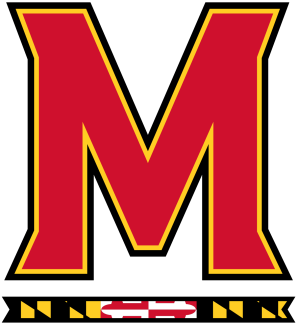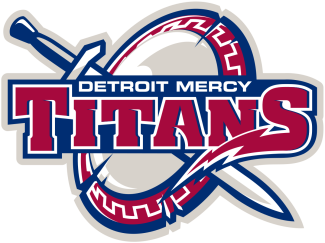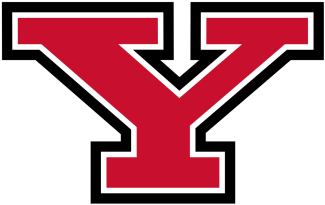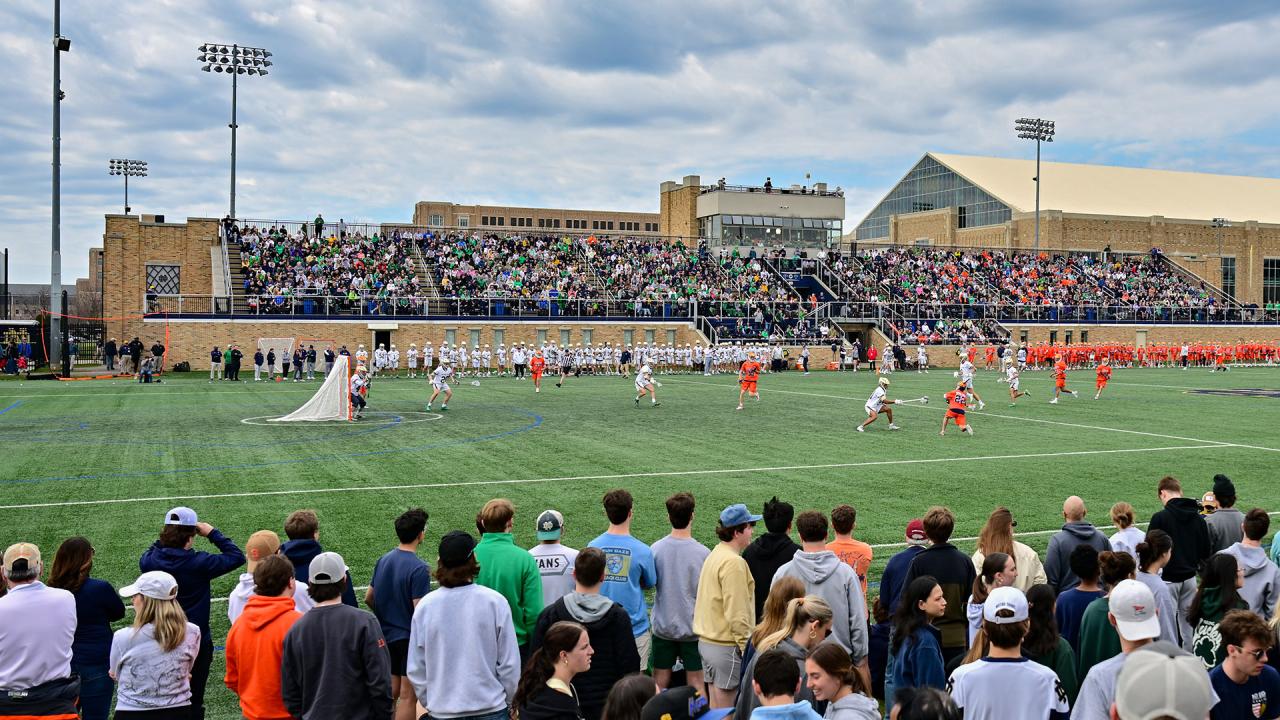I’ll never forget the first time I saw an ice hockey game in person. The sounds struck me first – the solid whack of the puck meeting the stick, the blades on the ice, the banging into the boards and … the fans.
My first game happened to be in the cozy Alfond Sports Arena at the University of Maine and the fans were right on top of the action. The arena was barely a decade old then and had a capacity of just under 4,000, but the hockey games were sold out for the season before the Black Bears even played their first game.
Not only does an atmosphere like that make a better time for the fans at the game, but it’s a better television experience as well.
I say that after watching a pair of games where overflow crowds in lacrosse heightened the viewing experience. Notre Dame listed a crowd of 5,000 at Arlotta Stadium for its 14-12 win over Syracuse, but forget the stadium part of it. The packed hillside made for great scenes and the crowd was notably audible on the broadcast. It was easy to get sucked in.
Earlier in the day, Harvard crammed more than 3,000 people into Jordan Field as the Crimson hosted Virginia. The stands were packed, people ringed the fence lines and both berms behind the goals were crammed with people. Some cool drone footage from the NESN broadcast helped capture the setting.
There are several Division I programs that play in what amounts to cavernous football stadiums, but have options to play in smaller venues on campus. Shouldn’t they at least consider playing a game or two at the smaller venue every season to see what kind of atmosphere they can generate?
There’s a reason that Virginia plays its home games at Klöckner Stadium, one of the best venues in the sport, instead of Scott Stadium, where it once played. Getting 25,000 at The Shoe for Ohio State was great when it played there before the Buckeyes’ spring football game, but the environment at their new, smaller complex is much better than what Ohio Stadium offered for most games.
Sometimes, bigger isn't better.



























































